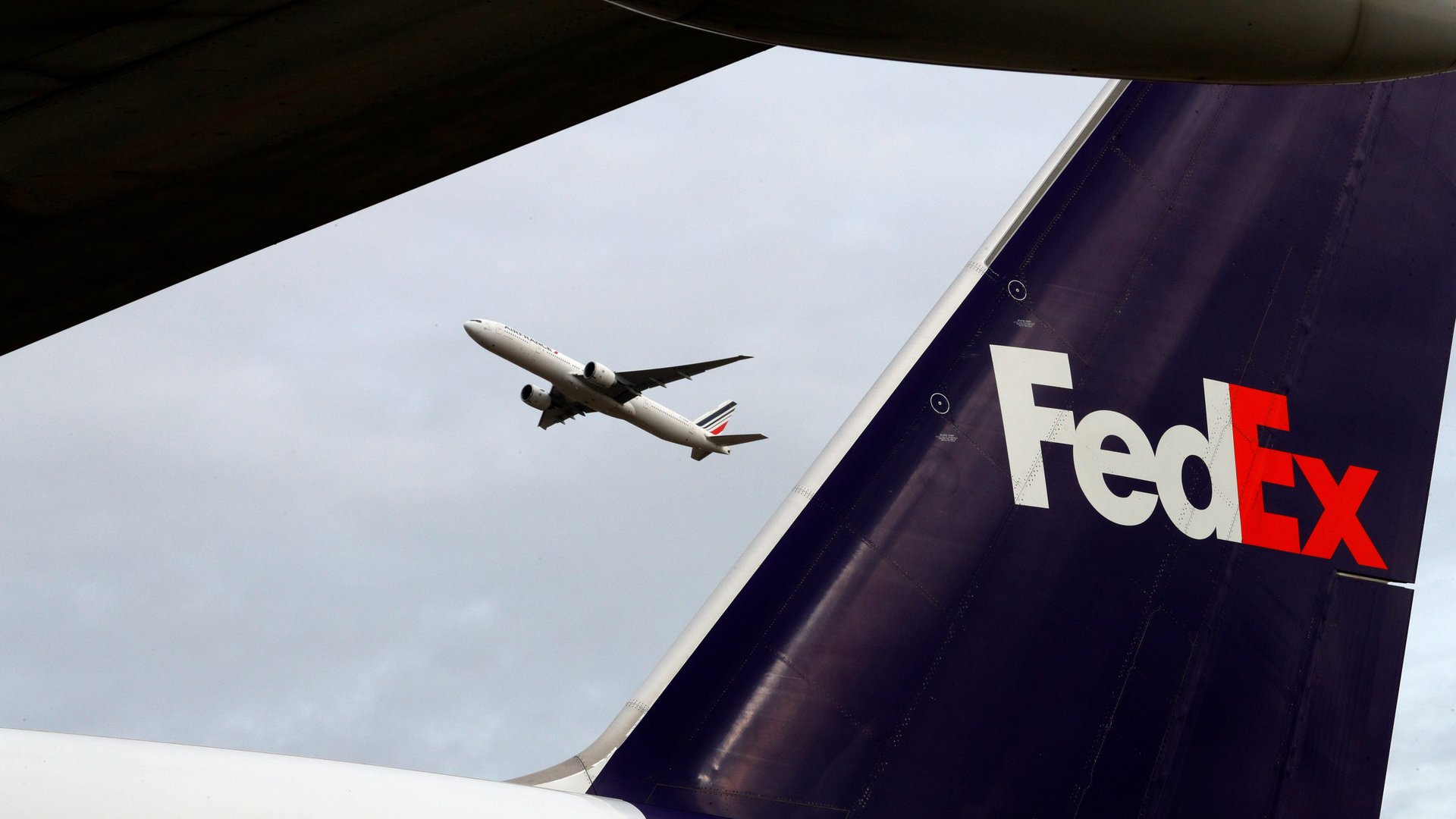E-commerce is on a collision course with climate change
E-commerce sales have been a bright spot for US retailers, rising nearly 30% in the last three months of 2020. But it means more people are depending on online shopping for basics even as climate change wreaks greater havoc on delivery services, warehouses, and supply chains.


E-commerce sales have been a bright spot for US retailers, rising nearly 30% in the last three months of 2020. But it means more people are depending on online shopping for basics even as climate change wreaks greater havoc on delivery services, warehouses, and supply chains.
Hurricanes, snowstorms, large fires, and significant rainfall are not new kinds of weather phenomenon in the US. However, climate change is often making them more severe and more frequent, resulting in more delays and higher costs for retailers and logistics companies as online shopping grows in popularity and supply chains become more complex.
“Supply chains are surprisingly stretched out and can go all around the world,” said Geoffrey M. Heal, a professor at Columbia Business School. “A lot of what we’re ordering from Amazon [in the US] has components that come from Asian countries.”
Demand for retail and e-commerce recently rose again after Congress approved $600 stimulus payments, for individuals who earn up to $75,000, as part of a $900 billion relief package that passed in December. There was a 28% increase in non-store retail sales estimates, which includes e-commerce, televised home shopping, and mail order stores, for January 2021 compared to the previous year, according to retail data estimates from the US Census Bureau released yesterday.
Some of that momentum in e-commerce growth was interrupted due to unusually low temperatures this past week. Since President’s Day weekend, most of the lower 48 states have also received large amounts of snow, including several places that rarely get any. Ongoing storm conditions, storm warnings, and power outages have significantly affected operations at several major companies, including Walmart, Amazon, Walgreens, CVS, UPS, and FedEx. Sorting hubs for UPS and FedEx in places like Dallas, Louisville, and Memphis are crucial for processing and moving goods across the country. Both companies said the weather could cause delays, according to the New York Times. The logistics networks for the US Postal Service and Amazon were also affected by the storms.
Many logistics networks depend heavily on a reliable supply of electricity, which is vulnerable because of overhead transmission wires. Wind, hurricanes, storms, and heavy rainfall can all damage or dismantle electricity grids. “Electricity is the weak point,” said Heal. In Texas, lack of preparation for cold temperatures caused its electricity grid to fail.
Even with these concerns, the expected growth of e-commerce and the extension of supply chains will further contribute to climate change through the energy consumption and carbon emissions from the production and manufacturing of goods, as well as their delivery services. “There’s an irony in that and external cost to this burning of all these fossil fuels, which people are often not charged for,” Heal said.